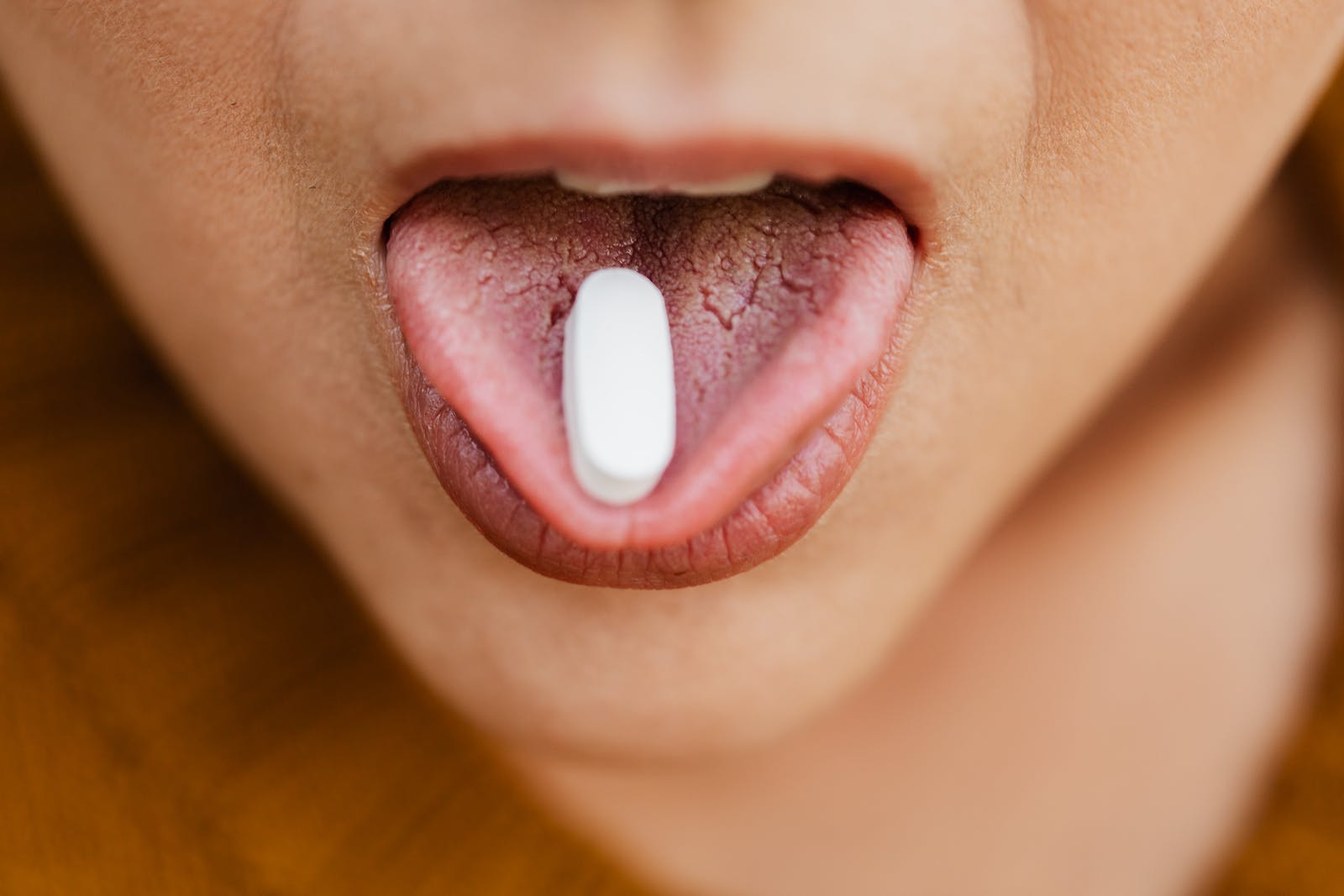Addiction affects men and women differently, influenced by distinct biological, psychological, and social factors. For men, addiction often develops earlier and can be more severe, with higher rates of illicit drug use and alcohol dependency. Women, on the other hand, may progress more quickly from substance use to addiction, a phenomenon known as “telescoping.” Understanding these differences is key in tailoring effective treatment strategies.
Biological Influences on Addiction
Biological differences between genders play a significant role in addiction. Hormonal variations can impact how substances affect the brain and body. For example, estrogen in women can increase sensitivity to certain drugs, influencing the development and course of addiction. Recognizing these biological distinctions is crucial in developing gender-specific approaches to treatment.
Psychological and Social Factors
The psychological and social factors that contribute to addiction also vary by gender. Men may use substances as a way to enhance social status or as a response to societal expectations around masculinity. Women, conversely, might turn to substance use as a coping mechanism for trauma or emotional pain. These gender-specific experiences necessitate tailored psychological interventions in treatment.
Tailored Treatment Approaches for Men and Women
Treatment programs that consider gender differences can be more effective. For men, treatment may focus on addressing issues like anger management and risk-taking behaviors, while women’s programs might emphasize coping strategies for trauma and emotional regulation. Additionally, providing a safe and supportive environment that addresses gender-specific needs and experiences can enhance the effectiveness of treatment.
Controversies and Challenges in Gender-Specific Treatment
While the need for gender-specific treatment is widely recognized, implementing these approaches can be challenging. There is ongoing debate about the best ways to incorporate gender differences into treatment programs. Some argue that too much focus on gender can reinforce stereotypes, while others stress the necessity of acknowledging these differences for effective treatment. Navigating these controversies requires a nuanced understanding of gender in the context of addiction and recovery.
Gender-Specific Trends in Substance Use
Research sheds light on notable differences in substance use and recovery between men and women. Women who use prescription opioids, for instance, often present different characteristics compared to those who use alcohol or other non-opioid drugs. These women are typically younger and less likely to report pain. They tend to take fewer psychiatric medications but report higher instances of problem drinking, more overdoses, and greater medical problems.
Recovery Gains and Barriers Differ by Gender
In the journey from active addiction to recovery, females generally show greater growth in strengths, despite initially reporting fewer recovery strengths during active addiction than males. Conversely, males tend to experience greater reductions in barriers to recovery compared to females. This suggests that the recovery process can be significantly different for men and women, with each gender facing unique challenges and experiencing distinct growth trajectories.
Gender Disparities in Drug Use and Dependence
Statistically, men generally show higher rates of use or dependence on illicit drugs and alcohol across most age groups. However, the likelihood of developing a substance use disorder is equal among women and men. Interestingly, women may be more susceptible to certain aspects of the addiction cycle, such as craving and relapse. This heightened vulnerability highlights the need for gender-specific approaches in both prevention and treatment of substance abuse.
These insights into gender differences in substance use, recovery gains, and barriers emphasize the importance of considering gender as a critical factor in addiction treatment strategies. Tailoring approaches to meet these varied needs can lead to more effective and supportive recovery processes for both men and women.
| Exploring Gender Differences in Addiction and Treatment |
|---|
| 1. Biological Variances in Vulnerability |
| Understand how biological factors can influence your susceptibility to addiction, exploring differences between male and female brain chemistry and hormonal influences. |
| 2. Social and Cultural Impact on Stigma |
| Explore how societal norms and expectations shape your perception of addiction, delving into the unique challenges faced by men and women in seeking help. |
| 3. Treatment Approaches Tailored for You |
| Discover how personalized treatment plans cater to your specific needs, addressing gender-related factors to enhance the effectiveness of recovery. |
| 4. Communication Styles and Support Networks |
| Recognize the distinct ways men and women communicate about their struggles and build robust support systems tailored to your preferred methods. |
| 5. Addressing Co-occurring Mental Health Issues |
| Delve into the intersection of addiction and mental health, understanding how gender differences can impact the prevalence and treatment of co-occurring disorders. |
I hope you found the insights into gender differences in addiction and treatment thought-provoking. It’s a topic that resonates with many individuals on their journey to recovery. If you have questions, personal experiences to share, or if there’s a specific aspect you’d like more information on, I invite you to join the conversation. Your voice adds depth to the discussion, and together, we can foster a supportive community. Whether you’re seeking advice, sharing your story, or just exploring the nuances of addiction and recovery, your input matters. Drop a comment or reach out – I’m here, and I’m listening.




